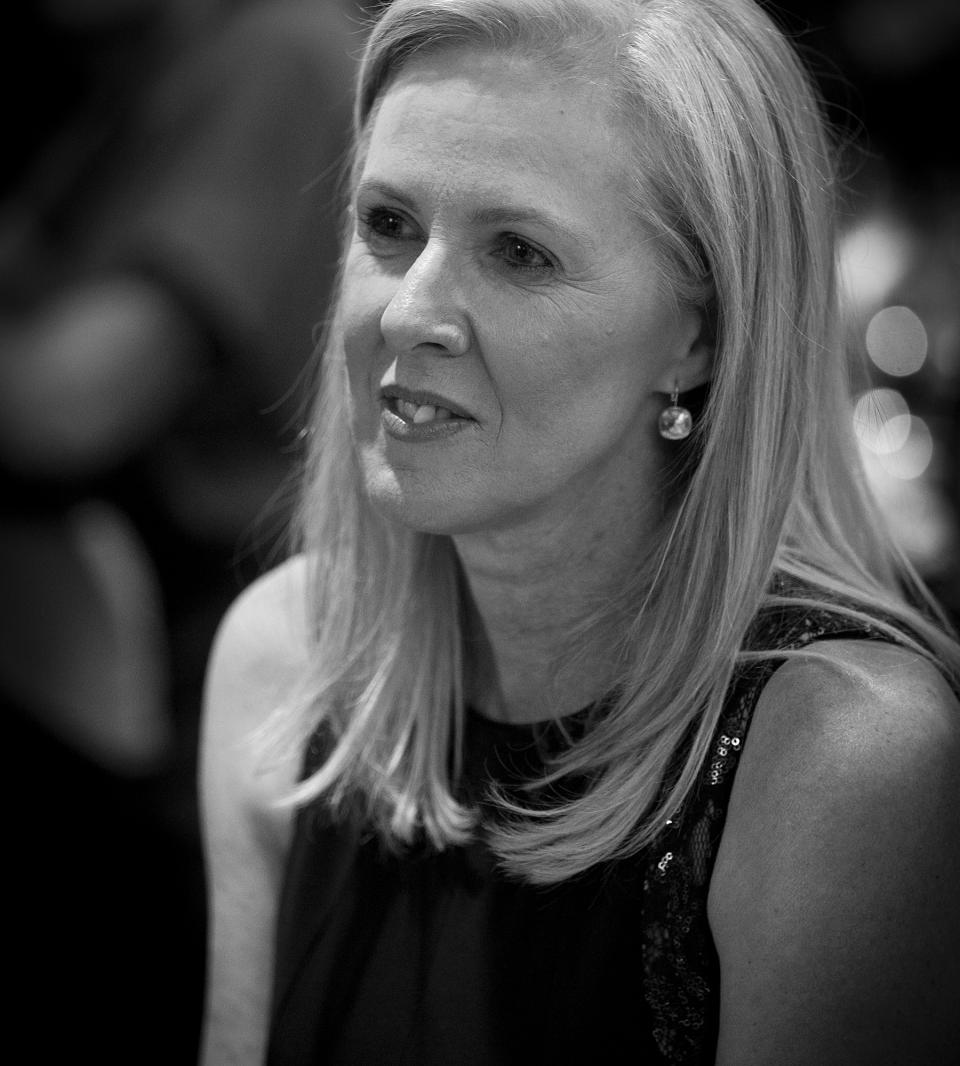In March, Helen Parry was delighted when a brand-new Senographe Pristina™ 3D mammography system arrived at Royal Perth Hospital in Perth, Western Australia. Parry is the hospital’s chief medical imaging technologist, and part of her role is to procure imaging equipment for the hospital’s Breast Assessment Center.
Since they first appeared in the 1960s, mammography machines have come to symbolize the power of medical imaging technology to help combat breast cancer. But for women whose mammograms — X-ray images of the breast — turn up something unusual, the path to diagnosis can be lengthy and full of anxiety, sometimes taking weeks after the initial screening.
When it comes to fighting breast cancer, mammograms are often considered the first line of defense.
However, many women avoid mammograms because of fear and anxiety from the potential result and exam discomfort1. The screening compliance rate has been shown to be lower in women who experienced pain during their mammogram compared to those who did not2.








